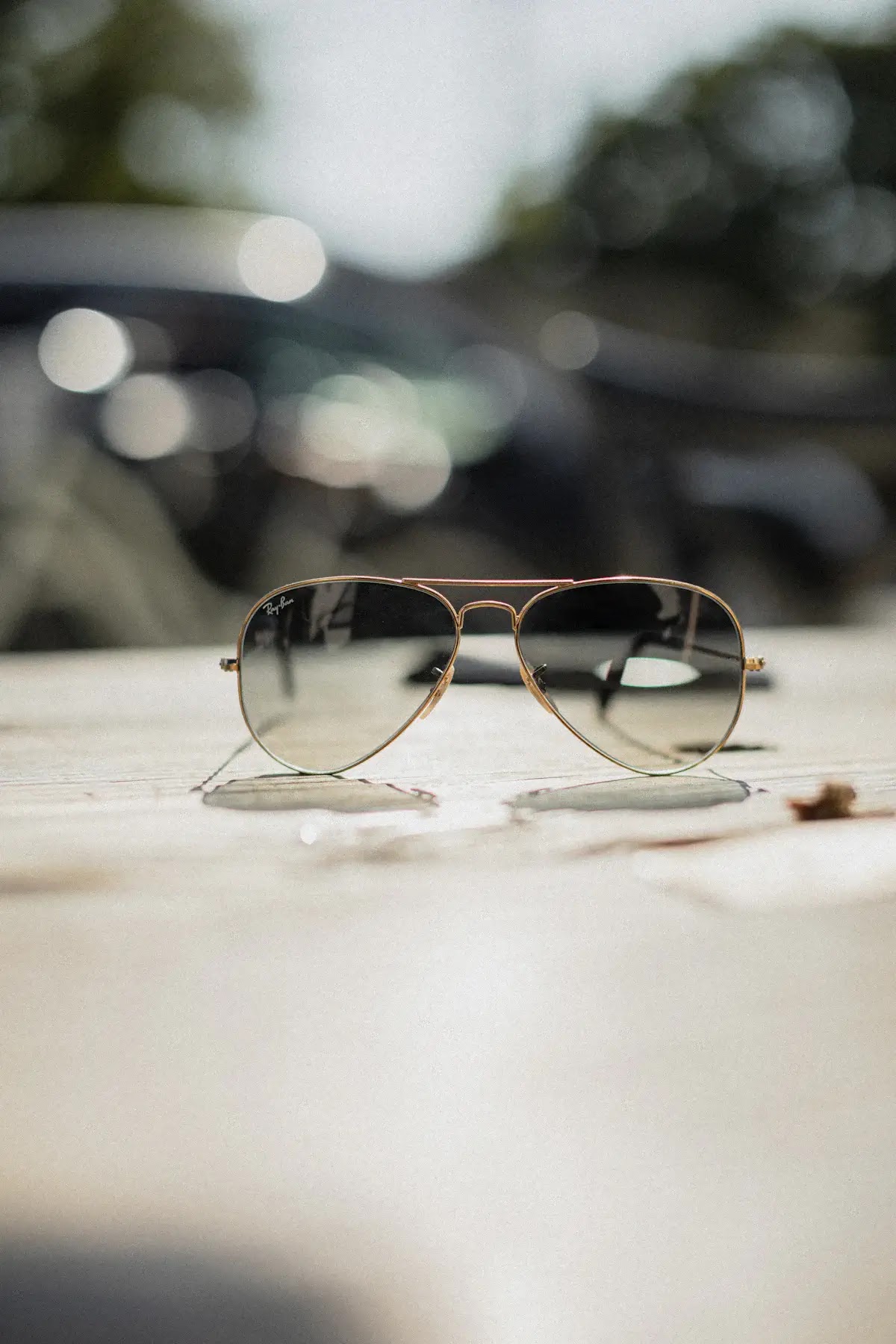How to Put on a Cloth Diaper
Last updated November 4, 2024
This post may contain affiliate links. If you buy something, we may earn an affiliate commission.
When deciding between cloth diapers and disposable diapers, make sure to weigh the advantages and disadvantages of each option for your family.
However, many people are choosing to make use of cloth diapers nowadays, whether for environmental concerns, money-saving purposes, or simply for the comfort and style they provide.
Wondering how to put on a cloth diaper? Continue reading to discover more!
What are the Types of Cloth Diapers?
1. Fitted Cloth Diaper
A fitted cloth diaper, also known as fitteds, is shaped to fit well and is highly absorbent, usually preferred for nighttime and babies who wet a lot.
They are available in various forms, dimensions, and substances and there are many choices available for you to pick from.
These include designs and materials like cotton, bamboo, velour, or cotton/hemp blends.
Folding is not necessary in a fitted cloth diaper and there is elastic surrounding the leg areas.
Since your baby has dirtied the fitted diaper, take it off and swap it with a new one while reusing the cover.
Fitted diapers come in options of snaps, Velcro, or loop closures, however, a waterproof cover is still necessary.
Certain parents recommend pairing fitted diapers with a wool cover for the best overnight protection.
2. Prefold Cloth Diaper
A prefold cloth diaper is a cost-effective reusable choice made with extra layers of fabric in the center and seamed together to create folds.
Prefolds can be seen in various materials like bamboo, cotton, and hemp.
They are typically secured using a cover, serving to keep the absorbent cloth in place and prevent leaks with its waterproofing features.
The covers are constructed from polyester material and can be adjusted, are waterproof, breathable, and reusable.
They envelop your baby's bottom with hip and snaps to avoid sagging and elastic leg holes to prevent leaks.
When you need to change diapers for your baby, all you have to do is switch out the dirty prefold for a fresh one and keep using the same cover.
Some mothers even opt for using two prefolds during the night.
3. Pocket Cloth Diaper
These disposable cloth diapers include a water-resistant outside and an inside pouch for inserting an absorbent pad.
The inserts can be cleaned and reused and the different materials used for inserts include microfiber, cotton, and hemp.
You don't need any extra cover, but you will have to remove the whole diaper, take the insert out of the cover, and put on a new insert and cover after the baby goes to the bathroom.
Pocket diapers come with adjustable features and can be secured using either snaps or Velcro.
It's claimed that pocket diapers have a quick drying time and appear less bulky under the baby's clothes.
Some people even recommend using two or three-pocket cloth diaper inserts for your overnight diapering.
4. Flat Cloth Diaper
These diapers represent simplicity at its finest. Flats are primarily square pieces of fabric, often made of birdseye cotton, and can also be found in other materials like hemp, bamboo, and even terrycloth.
They resemble a kitchen towel made of flour sack or a little receiving blanket. In order to utilize flats, you must fold them.
There are various fold types, from basic to slightly more complex styles. They could be folded in, or secured with pins or other fastenings.
You will need a waterproof diaper cover to keep wetness contained.
Flat cloth diapers are extremely light and uncomplicated, which makes them easy to clean, quick to dry, and straightforward to utilize.
They are also probably the most affordable choice for using cloth diapers, due to their cheap price and the fact that they can be folded to accommodate babies of any size, from infancy to potty training.
5. Hybrid Cloth Diaper
In case you are uncomfortable with dealing with a baby's poop, this choice allows you to flush it away.
A hybrid cloth diaper blend of disposable and reusable components, featuring two absorbency options and a waterproof layer.
Certain parents opt for a fabric insert, while others choose disposable inserts.
The fabric options for the inserts include microfiber, cotton, and hemp materials.
A disposable insert is designed for one-time use, free from chemicals found in disposable diapers, and often suitable for composting.
To replace your baby's hybrid cloth diaper, just take out the soiled one and put a fresh diaper in its spot.
Before putting your reusable insert with the rest of your dirty laundry for the wash, make sure to get rid of any solid waste.
A hybrid cloth diaper is perfect for you when you are out and about.
6. All-in-one Cloth Diaper
In this type of cloth diaper, a water-resistant cover is connected to an absorbent pad, simplifying the process of changing diapers like disposable ones.
The adaptable fastenings secure at the hips using hooks, Velcro, or snaps and do not need extra inserts.
Just take off the diaper before putting on a new one. After using it, rinse away solid waste before placing it together with the rest of the dirty diapers to be washed.
An all-in-one diaper is convenient for parents to use when caring for a baby, though they have a slow drying time and can appear bulky under the baby's clothes.
How to Put on a Cloth Diaper
Putting on cloth diapers involves some physical activity but by adhering to these instructions, you will achieve an ideal fit and prevent any red marks or leaks.
Here are the steps to ensure you put on a cloth diaper properly.
- Get the diaper ready by snapping the right inserts into the diaper shell.
- Ensure the inserts remain flat by making sure to stretch them well while they're damp.
- Then, adjust the height of the diaper by making use of the snaps located at the diaper's front.
- Position the diaper beneath the baby so that the rear elastic rests above the bottom - cloth diapers are required to be positioned much lower compared to disposable diapers.
- Begin by lifting the pads located between the baby's legs followed by diaper cover.
- Ensure that its leg elastics are completely put into the area where underwear typically rests – the groin.
- While securing the diaper's front on the baby's stomach, lift each wing upwards and across the front of the diaper to fasten.
- Ensure the diaper isn't too snug by confirming there is space for double fingers.
- Place the extra fabric in the size adjustment area between the snaps.
- Lastly, ensure every insert and liner is properly positioned within the cloth diaper to prevent moisture from seeping out and resulting in potential leaks.
Conclusion
Intricate pinning and folding are now a thing of the past. Using a cloth diaper is simple and environmentally friendly, although it may not be the perfect option for everyone.










